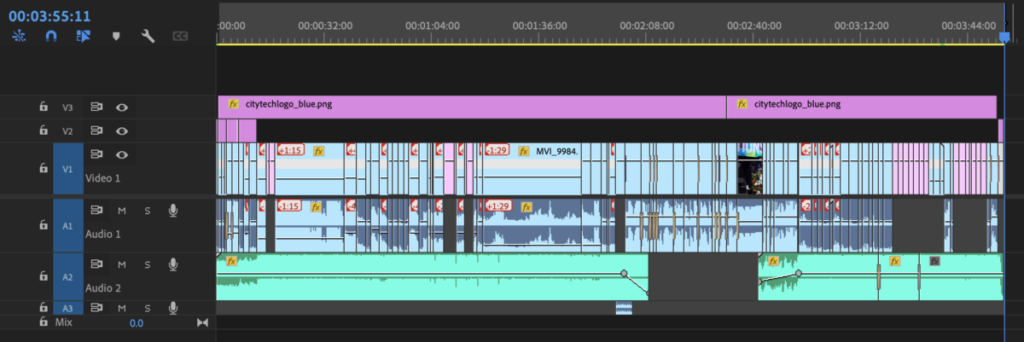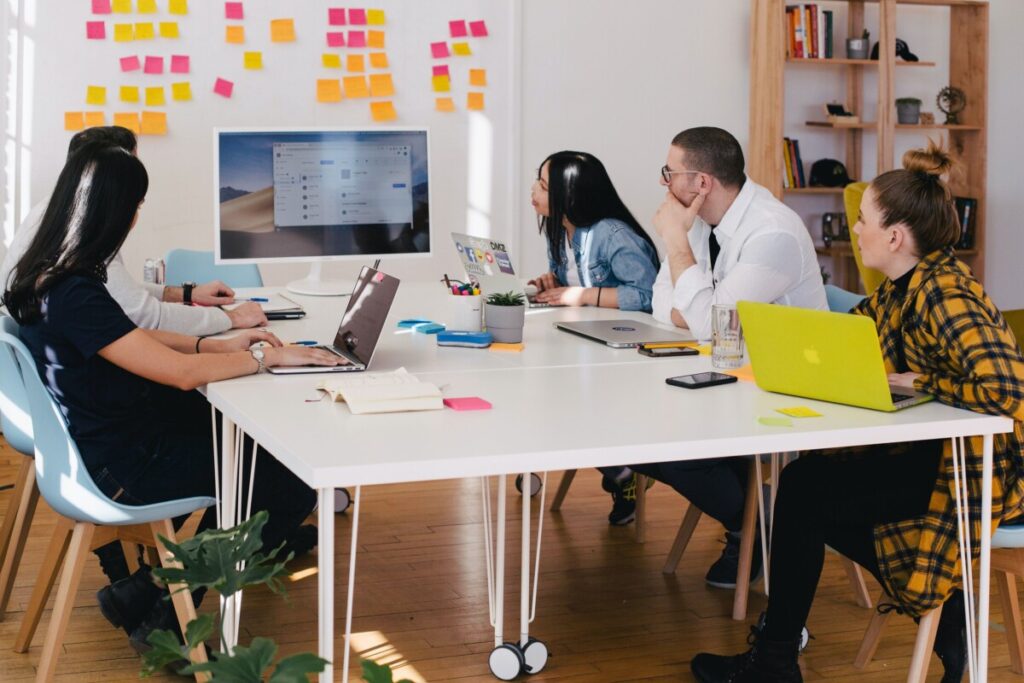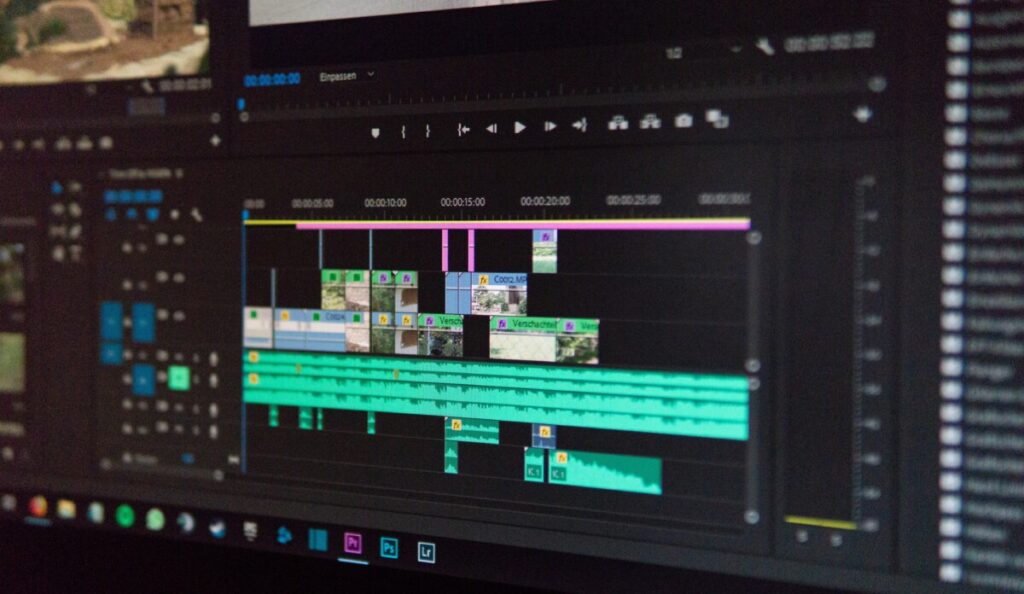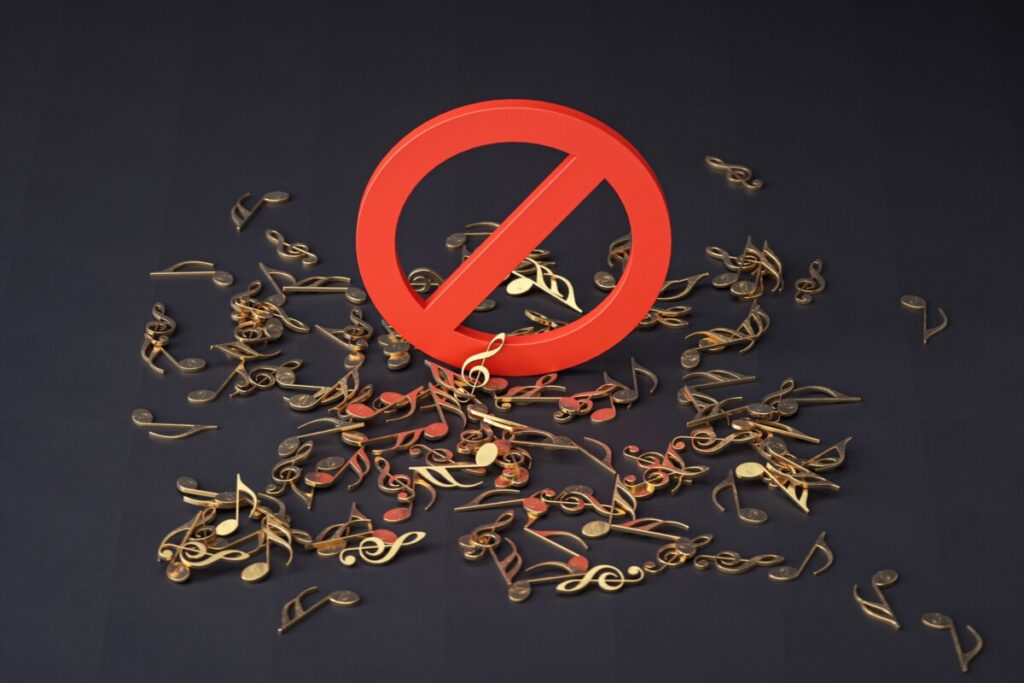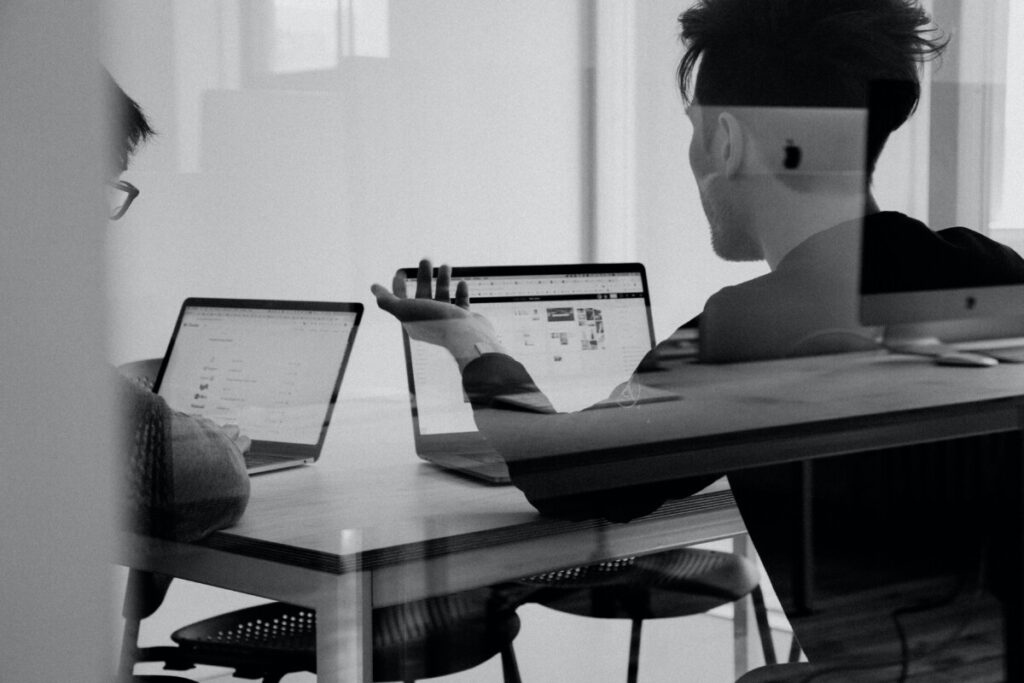During my internship, I’ve learned many hard and soft skills and also gained experience in interviewing. I was granted flexible working time because my internship has moved fully online for two weeks due to an internet issue in the office building. I have not had a chance to join any group project, nor attend any social events. I wish I could work with other crew members to learn more about team collaboration and how communication works among the film set crew, such as cinematographer, camera operator, gaffer, sound designer, and special effects editor.
Nevertheless, in this blog, I included some soft and hard skills that I walked away from this internship in this educational institution.
I’ll begin with time management. Since I’m mostly working from home, time management is an essential soft skill. I have to set a goal for the working week, set priorities, and make sure to finish work for each day.
Another soft skill I gained is communication. As I was working as a video editor in this educational institution. I understood verbal communication is key to a successful project. During the project discussion, I need to pay full attention to what my supervisor, in this case, my director said. And edit frames based on his vision. During the revision process, I learned not to interrupt when ideas are being shared and to ask appropriate questions afterward. Never assume the answer to avoid much trouble and extra revisions.
In addition, I learned to pay attention to details. Because the video I was working on is for the general public and it also represents its educational institution. I have to make sure to take out the inappropriate frame because the audience will catch even the smallest error or inappropriate scene.
Some hard skills I learned are the following. Number one is how to organize larger content more effectively using video-editing software like Adobe Premiere Pro. Below are two screenshots from my Adobe Premiere Pro interface. Because the footage is filmed from two devices and named differently. I learned to organize them in folders for more effective editing.

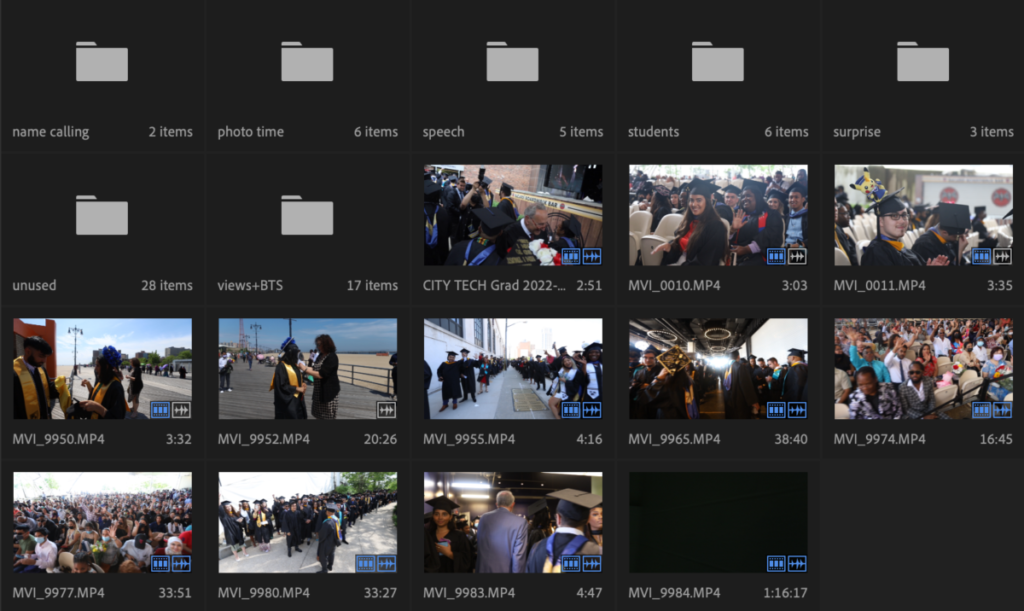
Number two is problem-solving. Because when working with the given footage and an overall direction, your mission is to create a comprehensive and cohesive storyline based on the director’s vision.
My final point is to “be curious”. That means asking questions, showing your passion, and showing your commitment to learning and picking up skills even if they are not in your fields of expertise. Then you will find yourself growing and learning.
